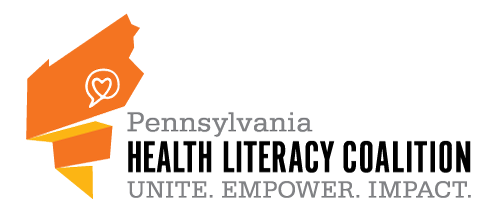Plain language is a communication style that presents information in a way the intended audience can understand, regardless of the complexity of the topic. The use of plain language across health care interactions is vital to improving health literacy. While plain language is a familiar concept, organizations and providers may not use it consistently without careful planning and practice.
Know Your Audience
Plain language starts by knowing your audience. Materials intended for patient groups are likely to require different language and tone than those meant for professional colleagues. Present information in order of greatest interest to the target audience. Always put the most important message first, and conclude with that message to ensure understanding.
Living Room Language
When writing or speaking, be careful to select words that the target audience is likely to know. This concept, also known as “living room language,” makes the content accessible to the greatest number of people. Limit medical jargon as much as possible. Speak as if you’re talking to a friend or relative. Making small changes in word choice like those listed in the chart below can significantly improve a person’s ability to understand the message.
Organization Matters
In written materials, organizing content with intention can increase readability. Put the most important message first, and focus on what the reader needs to know or do. Break content into logical chunks with descriptive headings. Keep sentences and paragraphs short. Create bulleted lists and tables to help break up long sections of information or represent it in a different way. After creation, test written materials with the target audience and make suggested changes to improve comprehension.
Implementing simple techniques like these in all patient communications can make a big difference in a patient’s understanding. For more detailed training on Plain Language, check out the Communicating to Connect online module. Also take a look at this post that discusses how to incorporate plain language into an overall communication strategy for talking with patients, known as teach back.
| Medical Term | Plain Language Swap |
| Analgesic | Pain reliever |
| Bilateral | On both sides |
| Dilate | Make bigger |
| Electrocardiogram; EKG | Heart test |
| Hyperglycemia | High blood sugar |
| Topical | On the skin |
| Contraindicated | Dangerous to give or take |
| Prophylaxis | Prevention |
For more information about our health literacy initiatives, contact Kelsey Salazar (ksalazar@hcifonline.org).
